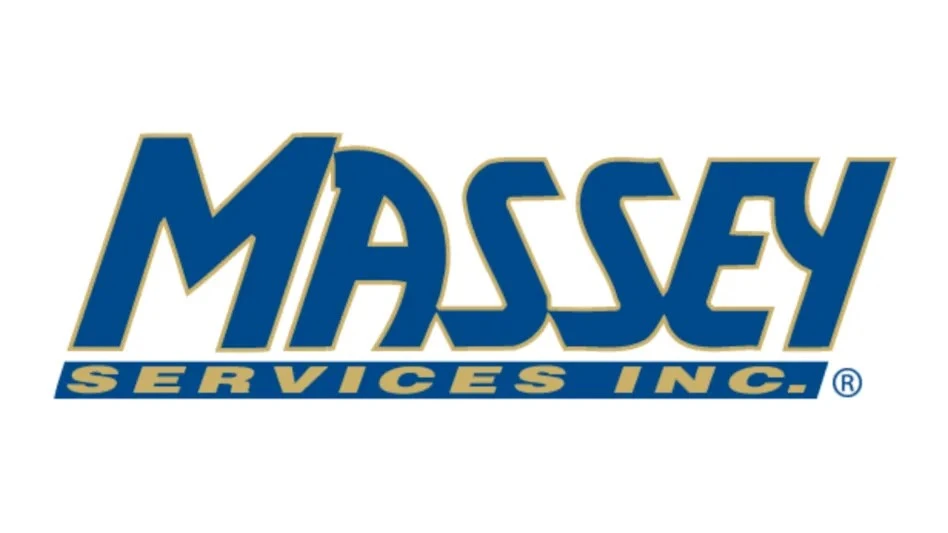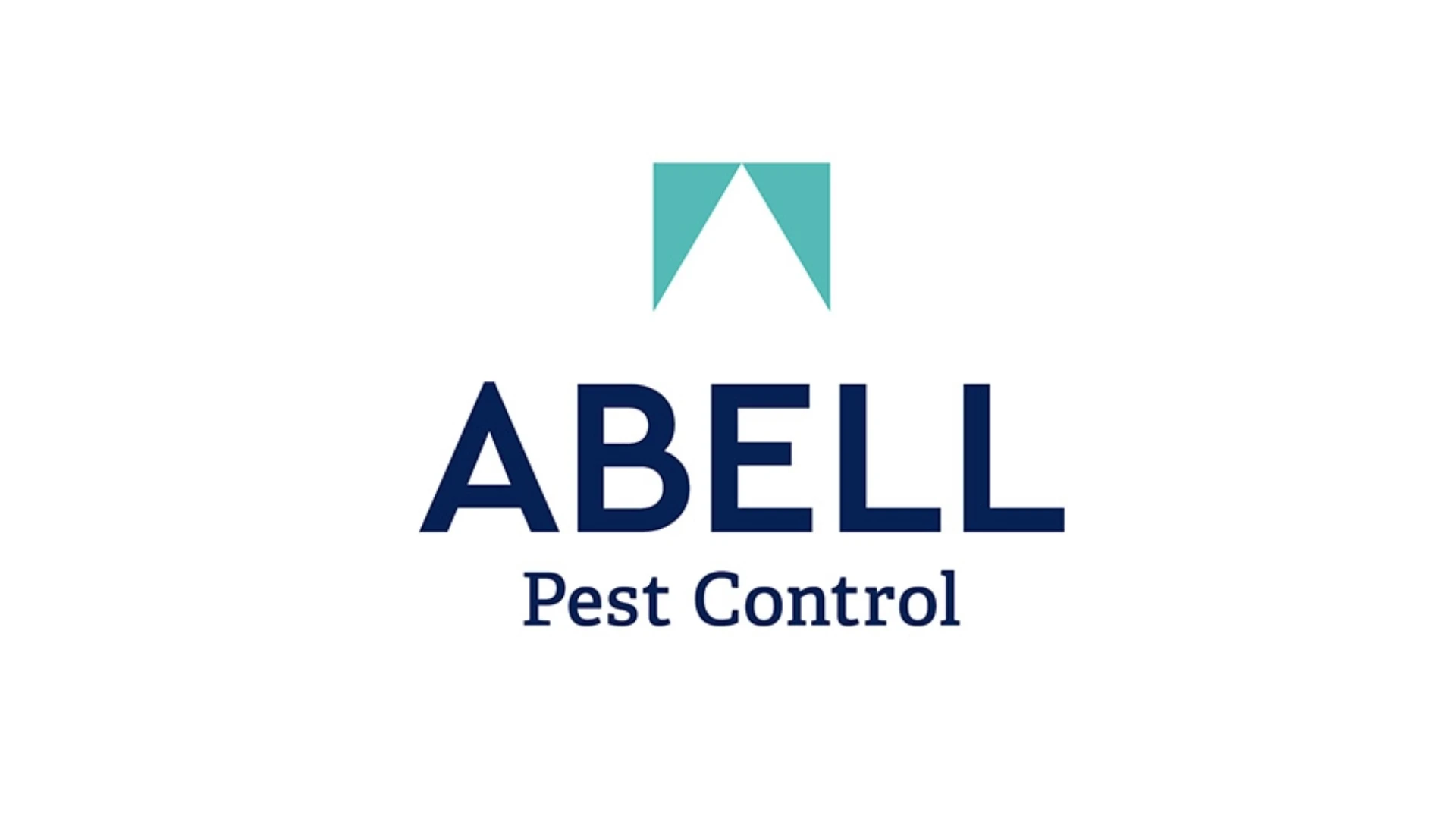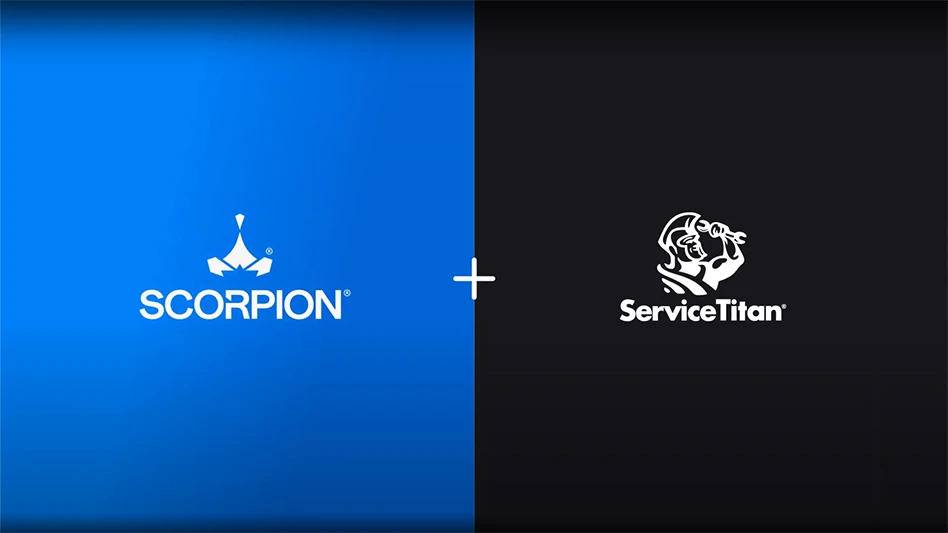 Editor’s note: The following article was written by Greg Baumann, vice president of Rollins training and technical services, and it is based on his presentation at the 2013 Global Bed Bug Summit, held last December in Denver.
Editor’s note: The following article was written by Greg Baumann, vice president of Rollins training and technical services, and it is based on his presentation at the 2013 Global Bed Bug Summit, held last December in Denver.
One thing is for sure. Bed bug resurgence has surprised us all; and as an industry, we didn’t have a strategy. The technical experts and university consultants jumped in and talked about the biology and technical challenges. Yet, operational issues often have been neglected. After all, we are in business to solve our customers’ problems but at the same time we need to make sure that any decisions we make are good for business.
Let’s not downplay the value of technical expertise. Without technical expertise we couldn’t successfully handle bed bugs. Yet, without business expertise, we would just be collecting bed bug facts and control measures with no benefit to our livelihood. So, technical materials abound in the industry, yet business viewpoints are scattered and vague. So, it is vital to look at operational issues that affect bed bug programs.
Bed bug work evolved, but a strategy was needed. When bed bugs caught us by surprise, the industry handled the work but for many there was no business plan, no template for planning the service line and no cohesive industry point of view regarding operations.
Customer Generational Factor.
The first step to addressing operational challenges is understanding the customer. Today’s customer base is diverse and behaves in decidedly different ways. While these can vary from customer to customer, there are some generalities that should be part of your decision-making process to address operational challenges.
Traditionalists (ages 68-88) like paper documents, research via magazines and books, and use email only in a limited capacity. Their communication style is quickly dying off. If you aren’t sure about this fact, consider how few new libraries are being built and expanding service hours.
Baby Boomers (ages 46-67) still might embrace paper in some cases, but are also computer savvy. They are great negotiators and look for the best deal. At the same time, they expect impeccable service, so they can be demanding customers. Boomers relate well with Gen X, making them a true transitional generation.
Gen X (ages 33-45) is the first truly digital- enabled generation. Where Traditionalists are mostly paper and Boomers are transitional, Gen X is mostly connected via texting, email, Web research of social media and their lives are moving fast. They expect high-tech solutions to most problems.
Gen Y and Gen Z (ages teen to 32) take the digital connection of Gen X to a new level. While their lives are digital, this group might not even want to talk face to face. Using traditional sales and communication methods will “fall on deaf ears” to this generation.
All of this confirms we cannot treat all customers the same and each group has unique values and needs for working with a pest management company. From the initial interface through sales to technical knowledge-sharing and from customer satisfaction to billing and long-term relationships, establishing communication with the customer the right way is key.
It has been said that human communication includes thinking, nonverbal, listening and speaking. While this is still true, each of these four categories has a distinctively different value from generation to generation.
10 Points to Consider.
In order to address bed bug operational challenges, 10 points of operational bed bug issues should be considered. These are areas that should be evaluated when developing a bed bug program. When bed bugs surprised us by emerging 20 or so years ago, most companies reacted on the fly. There was no strategy and there was no industry concerted effort.
Compared to termites (which have just a few available control measures and a heavily regulated environment), bed bugs created a cottage industry of control strategies and programs — some are effective; some are laughable.
Ours is an innovative industry, so we should celebrate accomplishments and learn from our failures. It was Albert Einstein who said, “Anyone who has never made a mistake hasn’t tried anything new.” At the same time, we can’t leave success to chance. Each company needs to develop a strategy; that strategy can change with the business climate, new products, new service lines and customer demands.
Point 1: Determine Your Target Market. One size does not fit all when you look at your mix of bed bug services. To be successful, you need to identify those services that are most appropriate for your business. Residential? Commercial? Both? Transportation? Public buildings? Sensitive accounts such as hospitals? A clinic with immuno-compromised patients will require not only discreet service but novel control techniques. It is important to not service everyone who calls with cookie cutter services, but to carefully look at advantages and disadvantages of each account and to make the proper business decisions.
Point 2: Feel Comfortable with Your Company’s Service Offerings. While this seems like common sense, frequently companies are comfortable with the wrong service offerings, causing potential problems down the road. As a result, service type must be matched to customer needs. Few customers blindly trust our industry to solve their problems. They are much more involved than in years past. Consquently, companies must be attentive to customer needs, particularly when it comes to the types of services being offered (traditional vs. heat vs. freezing vs. fumigation vs. combination).
Point 3: Make Sure the Right People are in the Right Job. If we compare termite technicians with general pest control technicians, we know there are distinct differences. A termite technician must be methodical, must understand many facets of biology and construction and has to do the job perfectly. General pest control technicians are customer-facing company representatives and they frequently have to do their magic while servicing many customers each day.
Bed bug technicians might not be the best general pest control technicians. Many can do both. Remember, though, that bed bug work takes diligence and care and the technician must be the expert from a biology and control standpoint, all the while calming the customer who might be distraught over having these pests. Careful hiring of bed bug technicians is a must. They have to tie into the type of business the company wishes to promote. Younger technicians also will demand current tools to perform research, i.e., smartphones, iPads and computers.
Point 4: Contracts. A contract that clearly spells out the scope of service, responsibilities of each party and other terms will make the agreement between the customer and the pest management firm clear. There are great model contracts available. Don’t use them as is; use them as a basis for your counsel to draft what is important to your company.
Point 5: Train Technicians and Supervisors Alike. A supervisor must not contradict a technician and vice versa; otherwise the customer will be confused and question the integrity of the company and its programs. All training should be clearly documented so everyone in the firm is consistent and professional. There is so much going on in bed bug research right now that companies should make extra effort to stay abreast of trends. Universities are gaining more media attention as experts. As a result, customers can read publications about the latest research online, so everyone in the company should be informed in order to talk intelligently. Companies also should have written protocols so there is a clear procedure for technicians to follow.
Point 6: Document Everything. Any attorney will advise the best way to reduce chances of litigation is to document as much as possible. Any documentation must be accurate and valid. Someone once said documentation should be done so well that even if the next time you see it is in court years from now, a manager will be able to understand what was done…even if the technician is long gone. In the interest of time, documentation can easily fall by the wayside; however, it is never an excuse, and a little care today in contracts, service tickets, records, notes and even call logs will reduce liability later.
Point 7: Review Metrics. There are many metrics that can be reviewed to evaluate the effectiveness of a program. Besides the P&L, there are callback numbers, customer satisfaction surveys, compliments and complaints from customers, and feedback from office employees and technicians who are most connected to the customer. Slow bill paying is also an indication customers might not be happy.
Point 8: Stay Flexible Enough to Adjust the Program. If a periodic review of the metrics shows there are challenges in the bed bug program (such as excessive callbacks, lack of profitability or even lack of growth), adjust the program. While we all get comfortable in our ways and our programs, sometimes we have a tendency to try to keep the program “as is” and tweak little things that don’t matter. Be bold. Look at your program as if you are not part of the company. Adjust your plans and even the information from these points to improve your strategy.
Point 9: Monitor Competition. Everyone monitors their competition; but, this point isn’t about adjusting prices downward to compete. That seems to be an all-too-common approach that leads to commoditizing our industry services. That is, we then become viewed as all being the same with the only difference being price. One striking observation is we too often look only at advertising of our competition, mostly to seek pricing. The best way to see what the marketplace is bringing is to look at the competition’s entire program. Learn, don’t copy. Adjust, don’t criticize.
Point 10: Focus on Finances. While what our industry does is really important and even vital to a healthy lifestyle, we have bills to pay. That is business. Poor businesspeople are in business for a short period of time. Review of the P&L is vital. Make sure any conclusions are valid and well thought out. For example, for callbacks, understand the price of the vehicle on the road, overhead, insurance and lost productivity all cost for the “no cost to the company” callback. Analyze and re-analyze each decision with finances as the main goal.
Conclusion.
Whether a company started bed bug work in 1995 or yesterday, these 10 points will create a strategy for company longevity. A strong strategy will lead to success overcoming operational challenges in bed bug work.
The author can be contacted via email at gbaumann@giemedia.com.
Get curated news on YOUR industry.
Enter your email to receive our newsletters.

Explore the March 2014 Issue
Check out more from this issue and find your next story to read.
Latest from Pest Control Technology
- Rose Pest Solutions Becomes Official Pest Provider of Chicago Fire FC
- WSPMA Hosts Legislative Day at Washington State Capitol
- A-1 Pest Control Marks 59 years in Business
- Hawaii PCO Shares Regulatory Challenges, Business Impacts from Lahaina Wildfires
- 5 Tips for Reducing Waste in the Office and in the Field
- OvoControl Now Available in Chile
- Envu Announces Savings Programs for Pest Management Professionals
- Follow the Trail






